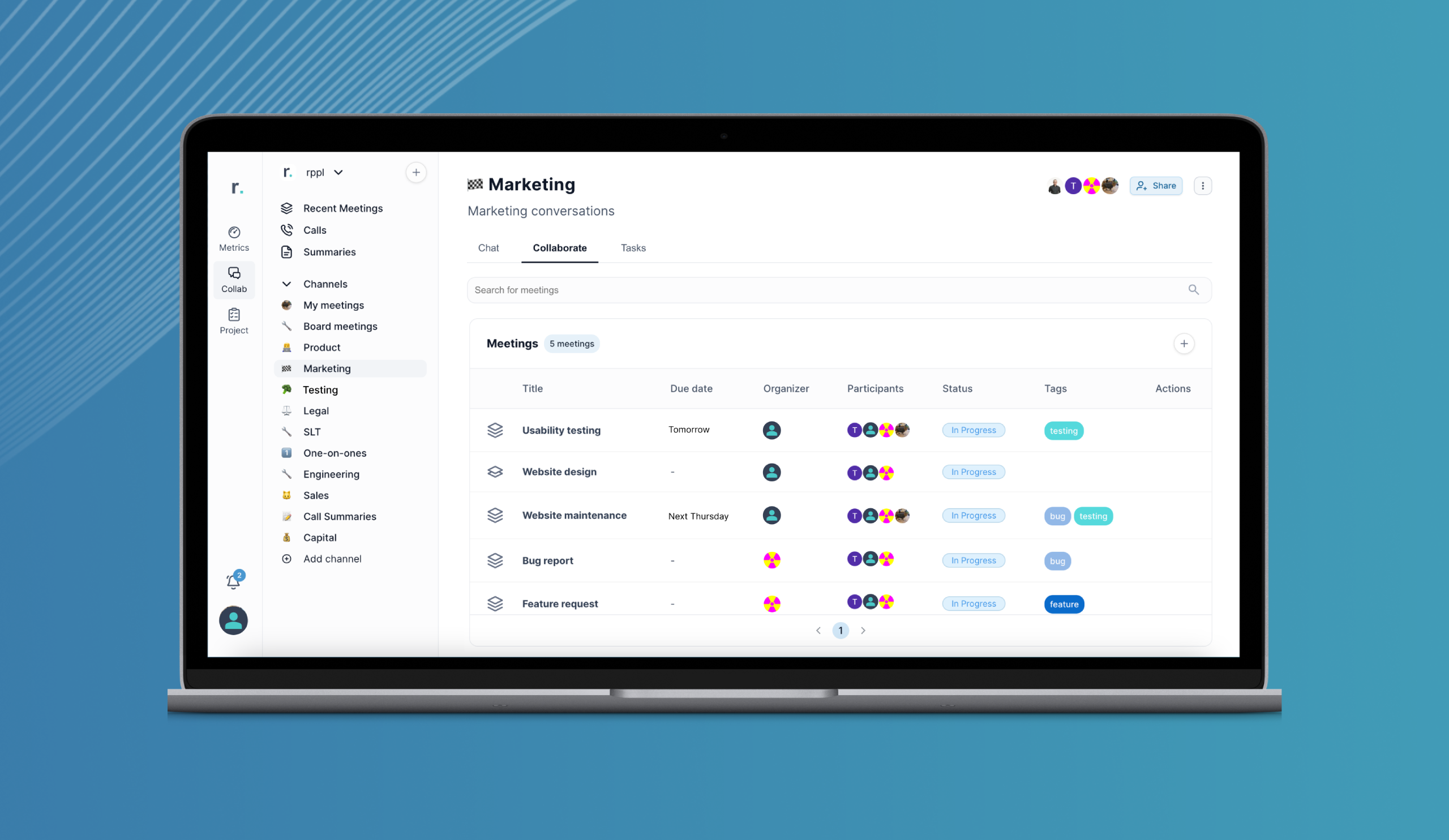
The SMB AI Advantage: Why Small Teams Are Winning the AI Race
While enterprises struggle with pilot purgatory, smart SMBs are leapfrogging to AI success. Here's why being small might be your biggest advantage.
The Fortune 500 company spent 18 months and $2.3 million on their AI initiative. Result? A chatbot that frustrated customers and burned out employees.
The 40-person marketing agency spent two weeks and $200/month. Result? 40% faster campaign creation and their happiest team ever.
What’s going on here?
While everyone assumes big companies have the AI advantage—more resources, bigger budgets, dedicated data science teams—the reality is flipping. Small and medium businesses (SMBs) are quietly winning the AI race.
And it’s not even close.
The Enterprise AI Trap
Large companies are drowning in their own complexity. Our recent analysis of 16 industry reports revealed that 70% of AI initiatives fail, with 77% of employees reporting that AI actually increased their workload.
Here’s why enterprises struggle:
Bureaucracy Kills Speed: Every AI decision requires committee approval, legal review, and stakeholder buy-in. By the time they deploy something, the technology has evolved twice.
Legacy System Paralysis: They’re trying to bolt AI onto decades-old processes and systems. It’s like installing a Tesla engine in a horse-drawn carriage.
The “Not Invented Here” Syndrome: Enterprise teams spend months building custom solutions for problems that already have elegant, affordable answers.
Death by Pilot: They pilot everything to death. Testing, validating, committee reviewing, and repiloting until the original business case evaporates.
Meanwhile, SMBs are already using AI to write better proposals, analyze customer feedback, optimize their social media, and automate their bookkeeping.
The SMB Superpower: Human-Centered by Default
SMBs have something enterprises have forgotten: they’re naturally human-centered.
When you have 15 employees instead of 15,000, you know how Sarah processes information differently than Marcus. You understand that Alex thinks out loud while Jamie needs quiet reflection time. You’ve already adapted to cognitive diversity because you can’t afford not to.
This is exactly what successful AI implementation requires.
Remember the “10-20-70 rule” from our enterprise research? The companies that succeed spend 70% of their effort on people and processes, not technology. SMBs are already living this rule.
Consider these SMB advantages:
Direct Feedback Loops When enterprise employees struggle with AI tools, it takes months to bubble up through management layers. In an SMB, you know within hours if something isn’t working.
Sarah from accounting walks over and says, “This new AI thing is making my job harder, not easier.” Problem identified and fixed by lunch.
Rapid Iteration Enterprises need change management processes that take quarters. SMBs can try something Tuesday, adjust it Wednesday, and roll out the improved version Thursday.
Personal Stakes In a large company, AI failure is a budget line item. In an SMB, AI failure means Lisa has to work weekends again. The motivation to get it right is personal and immediate.
Cognitive Diversity Matters More In a Fortune 500 company, one underperforming team member gets lost in the noise. In a 20-person company, every person’s contribution is visible and vital. You need AI that amplifies each person’s unique strengths.
Real SMB AI Success Stories
Let’s look at what’s actually working:
The 25-Person Design Agency Instead of building custom AI workflows, they use Claude for client presentations, Midjourney for concept development, and Notion AI for project documentation. Total setup time: one afternoon. Result: 30% faster project delivery and higher creative satisfaction.
The 50-Employee Consulting Firm They don’t have a data science team. They use ChatGPT Plus for research synthesis, Gamma for pitch decks, and Calendly AI for scheduling. Monthly cost: less than one enterprise software license. Impact: 25% more proposals with higher win rates.
The 12-Person E-commerce Store No fancy machine learning models. They use Shopify AI for product descriptions, Customer.io for email personalization, and QuickBooks AI for financial analysis. Result: 40% revenue growth with the same team size.
Notice the pattern? They’re not building AI—they’re using AI. They focus on outcomes, not technology.
The SMB AI Playbook That Actually Works
Here’s what successful SMBs do differently:
1. Start With Pain, Not Possibility
Enterprises start with “What could AI do for us?” SMBs start with “What’s driving our team crazy right now?”
Sarah spends three hours every Monday compiling social media reports. Marcus rewrites the same proposal template 15 times per week. These aren’t AI strategy questions—they’re Tuesday afternoon fixes.
2. Buy, Don’t Build
While enterprises debate whether to develop custom solutions, SMBs are already using ChatGPT Plus, Notion AI, HubSpot AI, and dozens of other tools that work out of the box.
The question isn’t “Should we build or buy?” It’s “Which affordable tool solves this specific problem for our specific people?”
3. Augment, Don’t Replace
SMBs can’t afford to replace people—they need to make existing people more effective. This naturally leads to better AI implementation.
Instead of “How can AI do Sarah’s job?” they ask “How can AI help Sarah do her job better?” This human-centered framing leads to tools that actually enhance productivity.
4. Measure What Matters
Enterprises create complex AI ROI dashboards. SMBs ask simpler questions: “Is Lisa working weekends less? Are clients happier? Are we winning more proposals?”
If yes, the AI is working. If no, try something else tomorrow.
The Cognitive Diversity Advantage
Here’s where SMBs have their biggest edge: they can’t afford cognitive conformity.
In large companies, there’s pressure to standardize how people work. “Everyone must use the same process, same tools, same workflow.” This kills the cognitive diversity that makes AI implementations successful.
SMBs know better. They know Marcus learns by talking through problems while Elena prefers to read and analyze quietly. They know David thinks in spreadsheets while Rachel thinks in visuals.
When implementing AI, they naturally ask: “How can this tool work for Marcus AND Elena AND David AND Rachel?” This leads to flexible, human-centered implementations that actually improve how people work.
The Trust Factor
SMBs have another massive advantage: trust.
In enterprise AI deployments, employees worry about job security, data privacy, and corporate surveillance. There’s institutional skepticism that slows adoption and reduces effectiveness.
In SMBs, trust relationships are personal. When the founder says “This AI tool will make your job easier, not eliminate it,” people believe it because they have lunch together every Tuesday.
This trust accelerates AI adoption and creates psychological safety for experimentation. People are willing to try new tools, give honest feedback, and collaborate on improvements.
Avoiding the SMB AI Traps
SMBs aren’t immune to AI failures. Here are the traps to avoid:
Shiny Object Syndrome Every week brings new AI tools promising miracles. SMBs need discipline to focus on tools that solve real problems, not create new ones.
Under-Investment in Training SMBs often assume AI tools are intuitive. They’re not. Budget time for people to learn and experiment, even if it’s just 30 minutes per week.
Ignoring Data Quality AI is only as good as the data it processes. SMBs often have messy customer databases, inconsistent file naming, and poor documentation. Clean this up first.
No Governance Framework “We’re too small for AI governance” is dangerous thinking. Create simple guidelines about data privacy, client confidentiality, and appropriate use cases.
The Future Belongs to Human-Centered AI
While enterprises struggle to implement AI at scale, SMBs are quietly demonstrating what success looks like: AI that adapts to how real people work, solves actual problems, and enhances human potential without replacing human judgment.
The companies that master this approach—whether they have 15 employees or 15,000—will define the future of work.
But SMBs have a head start. They’re already human-centered by necessity. They already iterate quickly by design. They already focus on outcomes over process by survival instinct.
The question isn’t whether SMBs can compete with enterprise AI budgets. It’s whether enterprises can learn to be as nimble, human-focused, and outcome-driven as successful SMBs.
Your SMB AI Next Steps
Ready to leverage your SMB advantage? Start here:
- Audit Tuesday’s frustrations: What repetitive tasks are draining your team’s energy?
- Map cognitive diversity: How do your people think, process information, and contribute differently?
- Try before you buy: Most AI tools offer free trials. Test them with real work, not hypothetical scenarios.
- Measure human outcomes: Are people happier? More creative? Working fewer weekends?
- Iterate weekly: What worked? What didn’t? What should you try next?
The enterprises are still forming AI committees. You could be transforming how your team works by next month.
Your size isn’t a limitation—it’s your secret weapon.
The SMB AI advantage ends when we stop thinking like enterprises and start thinking like humans.
Ready to turn your SMB into an collaborative competitive advantage? Learn how human-centered AI implementation creates sustainable growth without the enterprise complexity.
This post is based on ongoing research with SMBs implementing AI solutions and analysis of enterprise AI failure patterns from leading industry reports.


